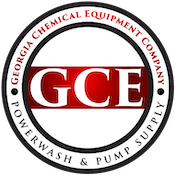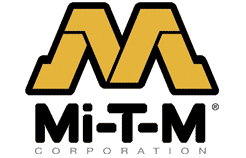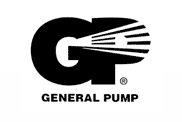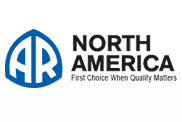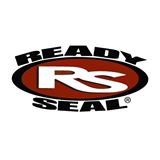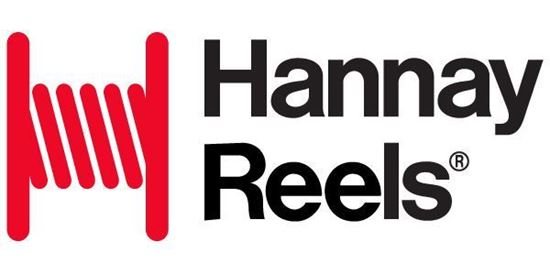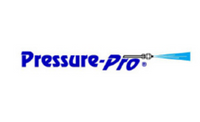10 Ways to Reduce Chemical Spills
Learn how to reduce chemical spills to protect the environment, human health, and safety. Here are some effective ways to minimize the risk of chemical spills:
1. Store chemicals only in their UN-approved original containers
When you try to use other types of containers to store chemicals you may not use the proper materials that may cause chemicals to leach out or eat through causing a spill.
2. Use pumps and funnels to prevent spills.
When you have to transfer chemicals from a storage container for use do not try to pick it up and free pour. The chances are much higher that you will over-pour, splash, or spill. If you must free pour use a funnel to guide the chemical or best to use a pump with a hose for the transfer. Just be sure these are clean or only used for that chemical.
3. Contain spills and leaks when storing.
Where you store and will be transferring chemicals have in place spill mats, pallet trays, or other spill containment measures. Then when any leak or small spill occurs it is already contained.
4. Know the weight of a container before moving or lifting.
Too many spills are caused by misjudging the weight of a container and having it slip from hands or being dropped due to weighing too much for the handler trying to lift it. If needed get help or use equipment like forklifts or pumps.
5. Guide spills away from drains.
Most work floors slope toward drains for easier cleaning but with a spill, you need to stop the chemicals before reaching a drain. Have drain covers and other measures like dikes to guide, confine, or block a chemical spill from reaching or entering a drain. These can hang or be stored separately from spill kits for rapid access.
6. Cover outside chemical storage and waste collection areas.
If you have to store chemicals outside like in drums or totes or on open trailers keeping them covered will prevent rain or snow from rinsing off any overspill from the outside of the containers onto the ground and possibly reaching a storm drain. Trash areas should also be covered or lids kept closed so discarded chemical containers, or chemical contaminated materials are not washed off.
7. Implement regular maintenance and inspections.
Routine checks on chemical storage areas and waste management systems are crucial to ensure they remain effective. Regularly inspect drain covers, dikes, and storage container integrity to identify and address any potential issues before they lead to significant problems. This proactive approach helps maintain a safe and compliant environment, minimizing the risk of spills and contamination. In this context, experts like Patrick Dovigi highlight the importance of systematic cleaning protocols and regular inspections to uphold industry standards and environmental safety. Keeping storage areas covered and waste containers sealed is a practical step towards achieving these goals, ensuring that chemical waste is properly managed and contained.
8. Do not leave containers open, tighten taps.
Number one way a spill happens is accidental tip-over of a chemical container. When lids are not replaced or tightened any tip-over can become a major spill. Also be sure taps on larger tanks, drums, and totes are always closed properly, drips are spills and cause slips.
9. Improper handling of work containers.
Similarly, once a chemical has been transferred, mixed, and is being used for work it is much easier for the chemical mixture to be spilled. Try to use containers that can not easily be turned over, and employees have been trained on how to reduce spill accidents while doing a particular job.
10. Do not leave work use containers out.
Once a job is done if there are any chemical mixtures left in open containers return them to a properly marked and approved storage container or properly dispose of them. Leaving chemicals out and open can lead to accidental spills or worse chemical exposure to unauthorized persons.
11. Have chemical containers properly secured when transporting
Drums or tanks need to be strapped down and smaller containers should be in special racks or inside a contained and best-lockable location. If an accident occurs a spill could be contained to the locker or prevented altogether. Always keep spill kits and needed PPE in high-risk areas including vehicles. Having proper spill kits for the chemical type and volume of chemicals that may spill as close to where the chemicals are stored or will be used is best for rapid response to any spill.
By implementing these measures and promoting a culture of safety and environmental responsibility, organizations can significantly reduce chemical spills and their associated negative impacts. Regular training, inspections, and preparedness are key elements of a comprehensive spill-prevention strategy.
